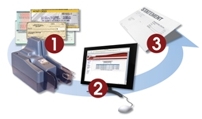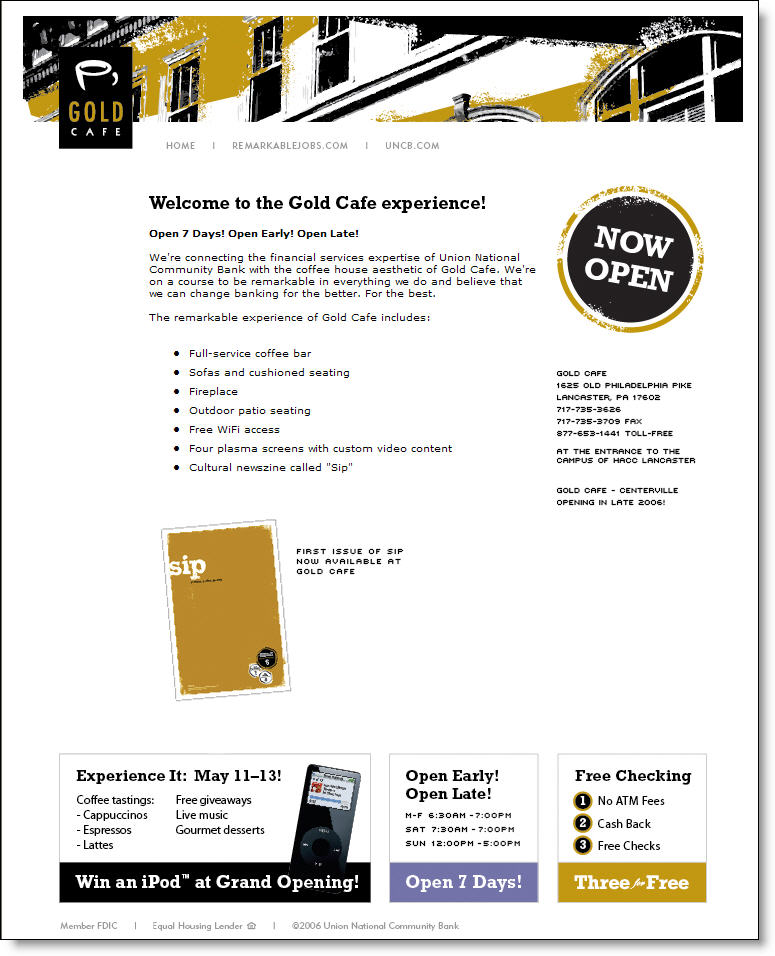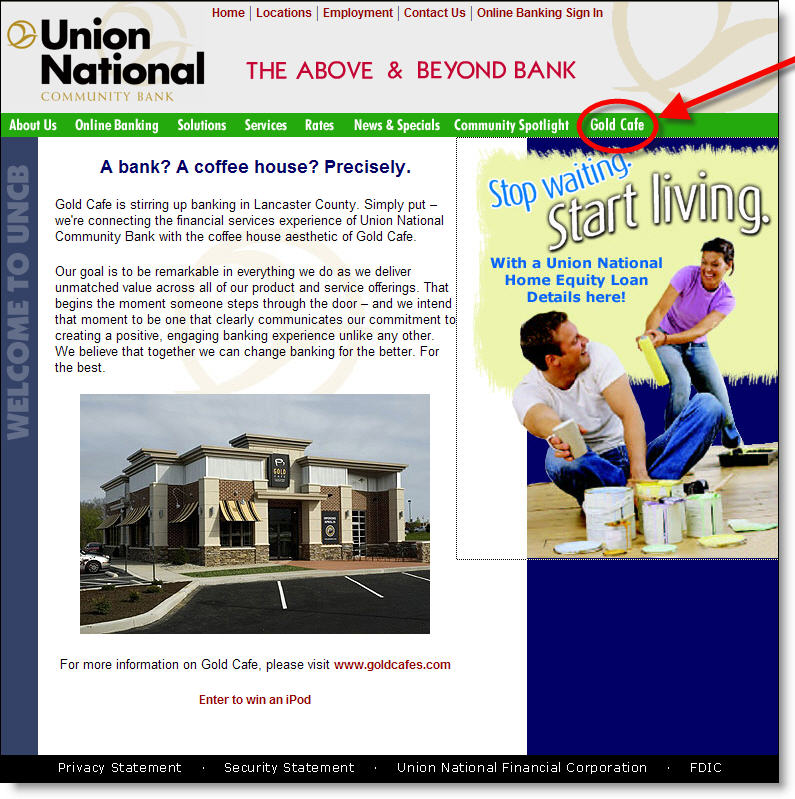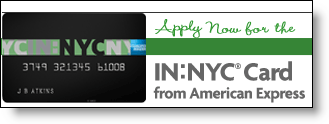 I spent the past few weeks looking at cross-selling efforts from within the secure online banking zone. But unfortunately, I came across the following example too late to be included in our report (see note 1).
I spent the past few weeks looking at cross-selling efforts from within the secure online banking zone. But unfortunately, I came across the following example too late to be included in our report (see note 1).
When I logged in to pay my Chase consumer credit card online (note 2), I was greeted with the following interstitial page (aka “splash screen”) inserted before the main account-management area (see first screenshot).
Chase is offering a $125 incentive to open a WaMu-branded free checking account (note 3). This offer may have something to do with the fact that I’m located in Seattle, the former headquarters of WaMu. The same creative was used in a statement insert and a banner ad across the main account-management page (see third screenshot).
Lessons:
1. Serving “more info”: In this example, Chase handles the info-serving process a bit differently than others I’d looked at recently. When selecting More Info on the splash screen, the bank opened a new tab (in Firefox 3) for the landing page (see second screenshot below). And while the user read the offer details on that page, the original tab automatically loaded the original destination (account management page), and the interstitial ad disappeared.
On the one hand, it’s convenient for the user to be able to look at the offer details and then quickly navigate back to the area they were originally logging in to. However, for more experienced users expecting a pop-up screen that can be quickly closed after reading, it can be momentarily confusing. There’s a risk the user will inadvertently close the entire browser session by clicking the upper-right “x,” necessitating an annoying restart and re-login.
I’m not sure there’s a single right answer, but another variable worth testing – something I’d prefer – is a popup running in a smaller window in front of the original Chase page.
2. Branch-only fulfillment: I was surprised to see the offer can be redeemed only in branch. There is no way to sign up online. The landing page is actually actually a coupon users are encouraged to print with the page-dominating blue “print” button (see second screenshot below).
I can understand the rationale for pushing people into branches where they can be upsold other services. But in this quick-start age, I’m surprised there isn’t at least an option to apply online. Perhaps this is a test to see how a branch-only offer compares to online-only ones.
Chase Bank splash screen (interstitial) immediately after login
(30 April 2009, 1:40 PM Pacific)
Landing page/coupon (opens in second tab in Firefox 3)
My Accounts page
Notes:
1. The results are compiled in our latest Online Banking Report: Selling Behind the Password.
2. Tiny rant: I owed $2.45 left over from some extra finance charge even though I paid my bill in full online last month. It’s not so much that Chase didn’t earn the $2, that’s fine. What’s irritating is that they made me pay it right away by setting my min payment to $2.45. Come on Chase, I’ve had this account since the 1990s, you can float me the $2 until the next time I have a charge.
3. Interestingly, I already have a small business checking account at WaMu. Either the bank’s householding algorithm missed it, or Chase is making the offer to everyone in my Zip, or it still wants me to open a personal account to go with my biz one.






 Recently, we've focused on one aspect of paper-check conversion, so-called remote deposit capture, where a business deposits paper checks by converting them into electronic items instead of driving them to the bank. It's an important new service that benefits both the bank and the end user.
Recently, we've focused on one aspect of paper-check conversion, so-called remote deposit capture, where a business deposits paper checks by converting them into electronic items instead of driving them to the bank. It's an important new service that benefits both the bank and the end user. 











